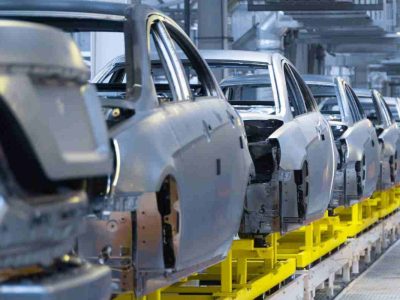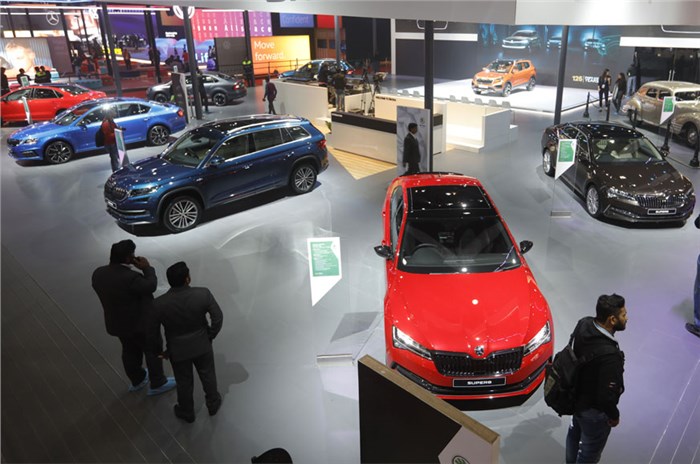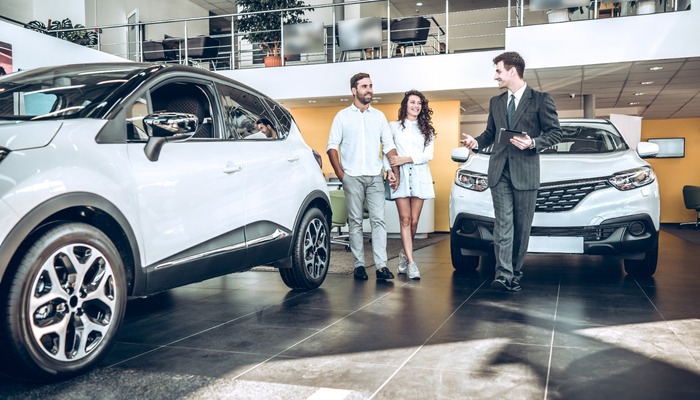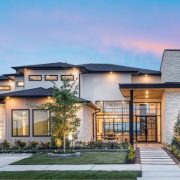The Rise of Electric Vehicles and Sustainable Mobility
The automotive industry is witnessing a profound transformation as manufacturers and consumers alike shift their focus toward sustainability. Electric vehicles (EVs) have emerged as a leading force in this transition, offering an alternative to traditional internal combustion engines. The improvements in battery technology, charging infrastructure, and range capabilities have significantly enhanced their appeal. Governments worldwide have introduced incentives to encourage adoption, while major carmakers continue to expand their electric offerings. Beyond individual ownership, ride-sharing services and corporate fleets are increasingly incorporating electric models, further accelerating their acceptance.
Autonomous Driving: A New Era of Convenience and Safety
Advancements in artificial intelligence and sensor technology have paved the way for autonomous vehicles, which are designed to redefine mobility. These systems rely on an intricate network of cameras, radar, and machine learning algorithms to interpret their surroundings and make split-second driving decisions. While fully self-driving cars are still undergoing rigorous testing, semi-autonomous features such as adaptive cruise control and lane-keeping assistance have already become standard in many vehicles. The potential benefits include reduced traffic congestion, fewer accidents, and enhanced accessibility for individuals who may be unable to drive due to age or disability.
The Digitalization of Automobiles: Connectivity and Smart Features
Modern vehicles are no longer mere modes of transport; they have evolved into highly sophisticated digital platforms. The integration of advanced infotainment systems, cloud connectivity, and over-the-air software updates has enhanced both the driving experience and vehicle maintenance. Features such as real-time traffic updates, voice-controlled assistants, and remote diagnostics provide drivers with unprecedented levels of convenience. Additionally, vehicle-to-vehicle (V2V) and vehicle-to-infrastructure (V2I) communication systems are being developed to improve road safety and efficiency, enabling cars to interact with their surroundings in ways that were once unimaginable.
The Performance Renaissance: Balancing Power and Efficiency
While sustainability and digitalization dominate industry discussions, automotive performance remains a key focus for enthusiasts and engineers alike. High-performance vehicles continue to push the limits of speed, handling, and aerodynamics, often incorporating hybrid and electric powertrains to achieve remarkable results. Manufacturers are exploring lightweight materials, advanced suspension systems, and sophisticated aerodynamics to enhance both efficiency and driving dynamics. This convergence of technology and engineering ensures that performance vehicles maintain their allure while adapting to modern efficiency standards.
The Role of Artificial Intelligence in Vehicle Development
Artificial intelligence is revolutionizing every aspect of the automotive industry, from manufacturing processes to predictive maintenance and personalized driving experiences. AI-driven analytics assist engineers in designing safer and more efficient vehicles by simulating real-world conditions with remarkable accuracy. Within the vehicle itself, AI-powered driver assistance systems are continually improving, offering features such as real-time hazard detection, fatigue monitoring, and predictive braking. Additionally, voice recognition and natural language processing enable seamless interaction between drivers and their vehicles, making technology feel more intuitive and responsive.
The Future of Mobility: Shared Transportation and Urban Solutions
As cities become more congested, innovative mobility solutions are reshaping urban transportation. Car-sharing services, ride-hailing platforms, and subscription-based vehicle access models are offering consumers greater flexibility without the commitment of ownership. Micromobility solutions such as electric scooters and compact urban vehicles complement this shift, providing convenient alternatives for short-distance travel. Urban planners and automotive companies are collaborating to design smarter transportation ecosystems that integrate multiple modes of mobility while reducing environmental impact.









